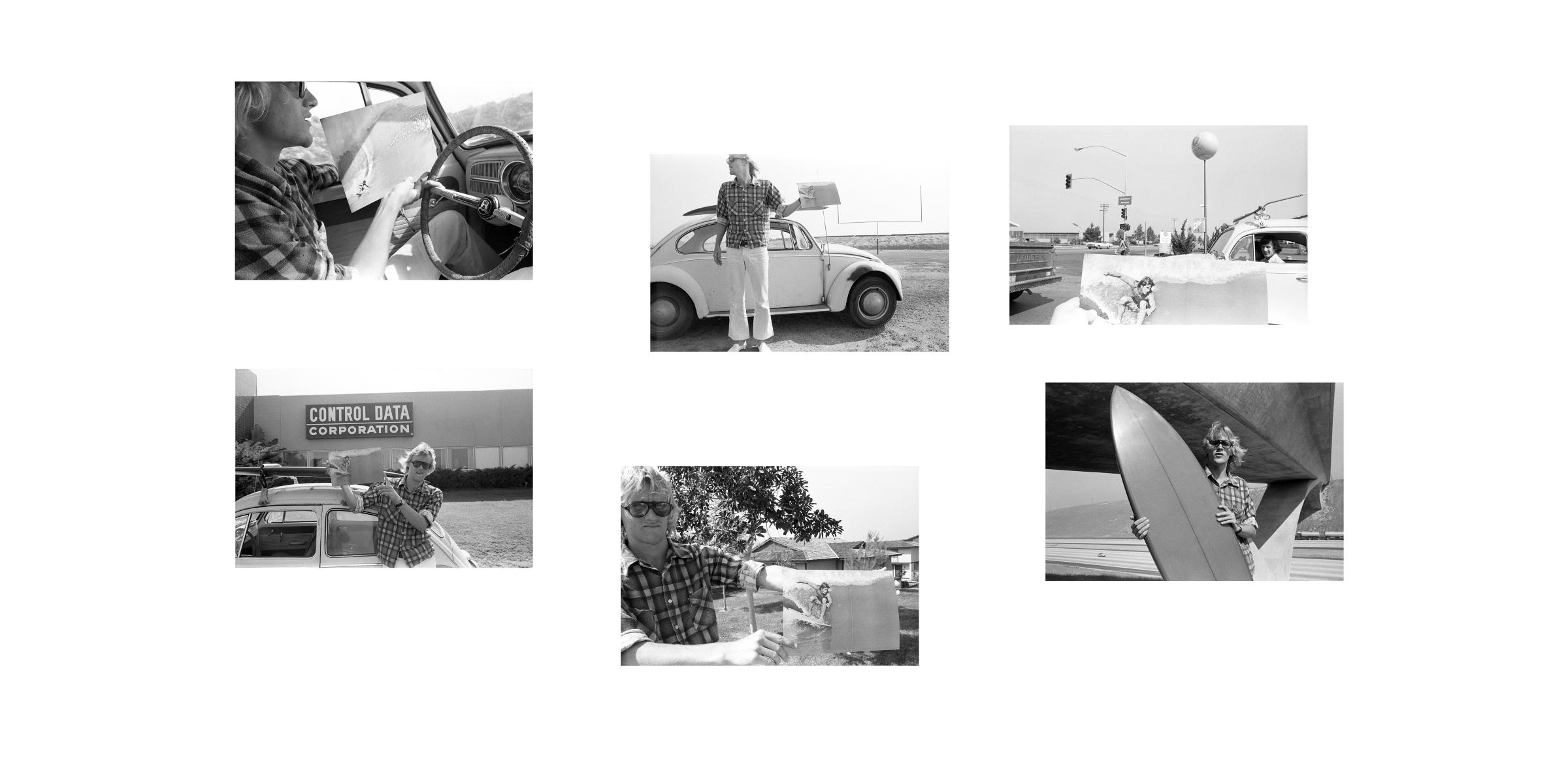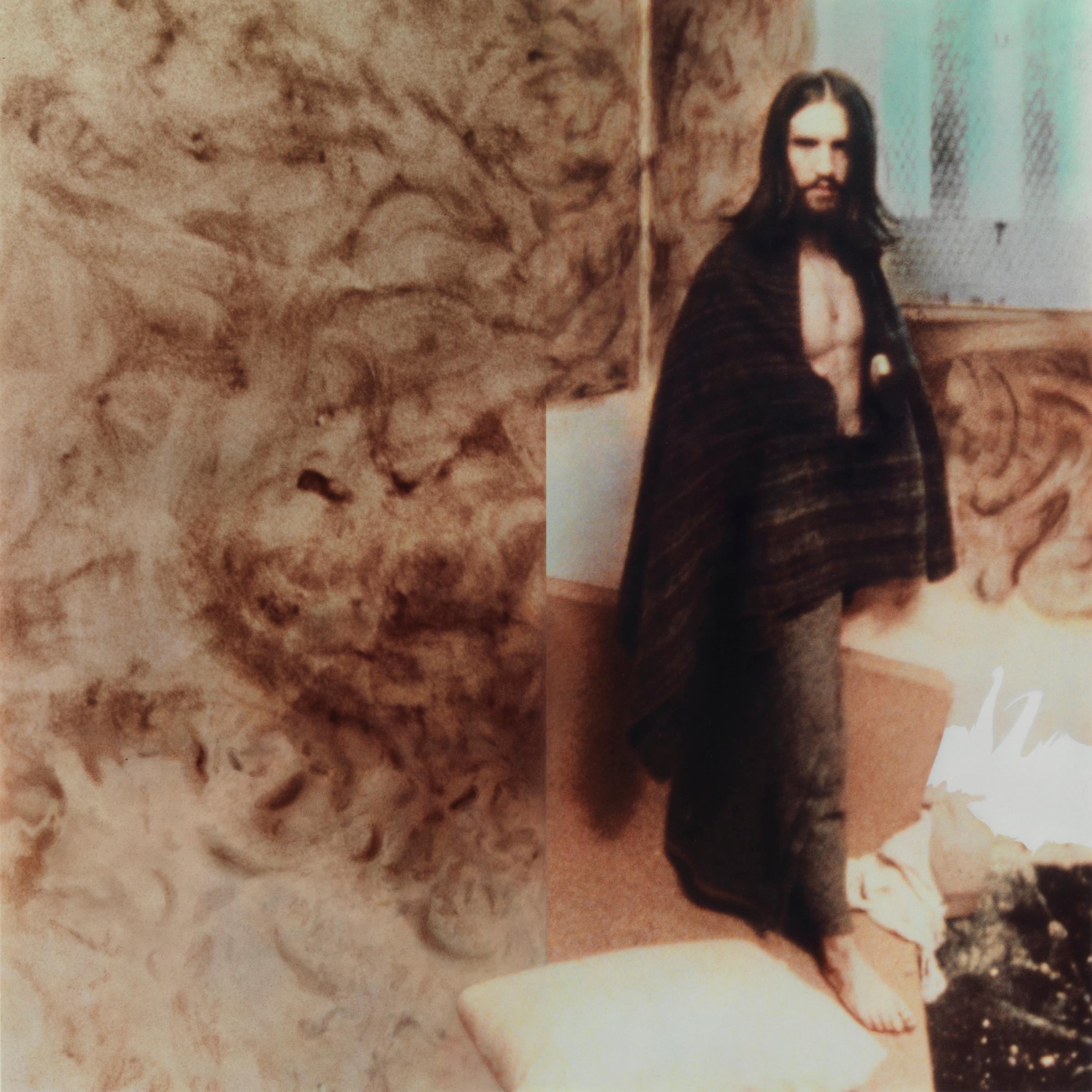
It appears Frieze London and Frieze Masters are at the pinnacle of popularity as far as art fairs go. Today even the VIPs were happy to queue round the vast Universal Design Studio-designed building in order to get into the preview, although one lady was overheard saying, “But the princess doesn’t know how to stand in line,” as the lesser-known royalty traipsed her way through the autumnal grass to the end of the long row of eager art buyers.
Photography lovers will not be disappointed, as various galleries have made it a focus of their booth. Attempting to see it all in one day is a gargantuan task. It’s doable, but only if you give yourself at least 45-minutes of down time in Rachel Rose’s phenomenal installation in the Focus section of the fair. The 2015 winner of the Frieze Artist Award has built a scale model of the fair, which visitors must crawl into on their hands and knees – a beautifully democratizing effect – in order to sit on a thick-piled carpet and listen to eight speakers play an enchanting loop of tracks. These and the cosy hutch effect immediately transported me to my teenage years, brought back memories of falling asleep on speakers in clubs, having a crush on other people’s older brothers, going through record collections at sleepovers and secret kisses in attic rooms. I wanted to stay forever, but then again I had to get you my ten favorite images. So here they are in no particular order…
David Goldblatt at the Goodman Gallery
The Spotlight section at Frieze Masters is dedicated to 20th century solo positions from all over the world. This year, one of the pearls within it is the Goodman Gallery’s selection of original handprints by David Goldblatt, produced in his darkroom between 1940 and the late 1990s. Many silver gelatin handprints caught my eye, but the most striking image was Fifteen-year old Lawrence Matjee after his assault and detention by the Security Police, Khotso House, de Villiers Street (1985): a teenage boy stares into the camera, his arms confined to gleaming white plaster casts – a visual constriction of the injustices he had to face.
Catherine Opie at the Lehmann Maupin
At the Lehmann Maupin stand, Catherine Opie’s abstract landscapes, diluted and intangible but for the bursts of color and shade, drew me into the booth. I was particularly transfixed by the hypnotic pigment print Untitled #5 (2012) – an “Alpenglühen” of sorts, perhaps a setting sun or the reflection thereof, above a darkening mountain-scape. The artist, whose non-figurative landscapes were exhibited at the Wexner Center For the Arts in 2015, says of these works, “Nature is a dream state at this point… I’m asking people to go back to the sublime and to a place of beauty.” It came down like an apparition, a much-needed inspirational interval during the busy hubbub of the fair.
Modern classics at the Bruce Silverstein gallery
If you want fun fair style excitement, like you experienced as a kid in front of the confectionary stall at the county fair, there’s only one place to go: the Bruce Silverstein gallery stand at Frieze Masters. This booth has the rarest of treats in the form of modern photographic masterpieces. Every year, I stare and ogle at the mouth-watering goods on display, which this year include the cotton candy of photographs: the Portrait of Dorothy Norman by Alfred Stieglitz (1931), the candied apples of photographic collages: an early Robert Mapplethorpe self-portrait, Untitled (1971) as well as my favorite: the luscious lollipop of an image: The Necklace, Lee Miller (1965) by Man Ray, a gelatin silver print of a sensuous, strained neck, with a remarkable necklace made from coiled string.
Richard Hamilton at the Alan Cristea Gallery
The Alan Cristea Gallery is this year presenting a solo booth dedicated to the late Richard Hamilton, who is widely acknowledged as having created one of the first pieces of Pop Art with his 1956 collage Just what is it that makes today’s homes so different, so appealing? Although the booth’s main focus are some never before seen paintings, I was drawn to Citizen (1985), an image of IRA member Hugh Rooney, who due to his beard, naked torso, long hair and robes bears a striking resemblance to traditional depictions of Christ. The print, a hybrid of three 35mm transparencies Hamilton had selected from cine-film footage, also features swirls of brown reminiscent of the excrement smeared on the walls of inmate’s cells during the ‘dirty protest’ at Maze Prison in Northern Ireland.
Surf Movie at the Christoper Grimes Gallery
Allan Sekula’s Surf Movie (San Diego) 1973/ 2012 at the Christopher Grimes Gallery provides a delightful mini-break at Frieze Masters: six photographs of a bleach-blonde dude holding up an image from a surf magazine in various unlikely scenarios, such as at the wheel and outside a suburban house. The double sense of irony is not lost on the viewer as nobody is actually surfing here and six photos does not a movie make. As such the images provide a lighthearted departure from Sekula’s usual concern: the consequences of the economic changes arising from globalization.
Eileen Quinlan at the Campoli Presti Gallery
At the Campoli Presti gallery booth, the viewer is confronted with rubbish of the most sublime kind. Artist Eileen Quinlan’s large close-ups, Twinned Mitsouko (2008-2015) offer up 12 abstract images of the indentations, subtle changes of light, even a poetic sense of movement in the airtight, claustrophobic space of sealed black refuse sacks. The result is sculptural and enticing, leaving the viewer with a strange longing to caress a lifeless, two-dimensional object generally intended for waste.
Boris Mikhailov at Sprovieri
I am forever delighted by Boris Mikhailov’s photographs as each and every time I come across one of his works, I discover new, exciting components within it. This time, whilst perusing the Sprovieri booth in the Spotlight section of Frieze Masters, dedicated to his series Yesterday’s Sandwich (conceived in the late 1960s), I realised that in his untitled image of the nude woman kneeling on a mattress, which I have seen numerous times before, the mattress had a subtle concentric fish-scaly, floral pattern which mirrored the peacock feather shapes. I wonder what I’ll discover next time…
Yto Barrada at the Sfeir-Semler Gallery
Over the last few years, the Sfeir-Semler gallery booth has become one of my favorites at Frieze London, showcasing works by Akram Zaatari, the Atlas Group and Walid Raad in the past. This year, it was the Moroccan-French born Yto Barrada’s photographs of colourful patch-worked circus felt Untitled (2013-2015), which grabbed my attention. Part of her series Faux Guide, a sort of personal museum dealing with the original and the fake, with the loss and the winning back of cultural identity, these photographs are the poetic residue of a story imagined, but not told.
Cheaper prints at Allied Editions
For someone like me, who can’t drop hundreds of thousands on a Jeff Wall or a Thomas Struth photograph at the fair, reaching the Allied Editions booth is always a true delight, as these are prints mere mortals can afford. So if you want to go to Frieze and head home with something, stand B22 is your best bet, unless you’re a Kardashian, in which case you’ve probably already bagged a Koons at the pre-pre-preview. But I digress, at the Allied Editions, you can browse through unique artist editions from various galleries including the Chisenhale Gallery, the Institute of Contemporary Arts, the Camden Arts Centre and the Serpentine Galleries among others. Better still, the proceeds go directly towards supporting the organisations’ exhibitions and education programs. It’s a win, win situation. I particularly liked Mark Leckey’s Grasping and Gasping (2014), but the print that really stole my mother-of-three heart was Jürgen Teller’s Wildschweinmutter, Kolkata, Indien (2014), a Telleresque picture of a wild boar feeding its boar piglets. If only dinner time was that easy…
Zanele Muholi at Stevenson
For me the self-titled South African visual activist Zanele Muholi stole the show at the Deutsche Börse Prize this year, despite having not been awarded the prize in the end. So it was with great joy that I stumbled across several black and white self-portraits by the artist at the Stevenson gallery stand. To date, Muholi’s portraits have mostly focused on black LGBTI identity and politics in post-apartheid South Africa. Here she turns the camera on herself and experiments with different characters, referencing the history of black and white fashion photography. My favorite: Somnyama IV, Oslo (2015), a Marie-Antoinette style portrait, where Muholi sports a cavalcade of black hair – or perhaps wool to suggest a sense of fashion futility – which almost conceals her face.
Anne-Celine Jaeger is the author of Image Makers, Image Takers, published by Thames & Hudson.








More Must-Reads from TIME
- Where Trump 2.0 Will Differ From 1.0
- How Elon Musk Became a Kingmaker
- The Power—And Limits—of Peer Support
- The 100 Must-Read Books of 2024
- Column: If Optimism Feels Ridiculous Now, Try Hope
- The Future of Climate Action Is Trade Policy
- FX’s Say Nothing Is the Must-Watch Political Thriller of 2024
- Merle Bombardieri Is Helping People Make the Baby Decision
Contact us at letters@time.com